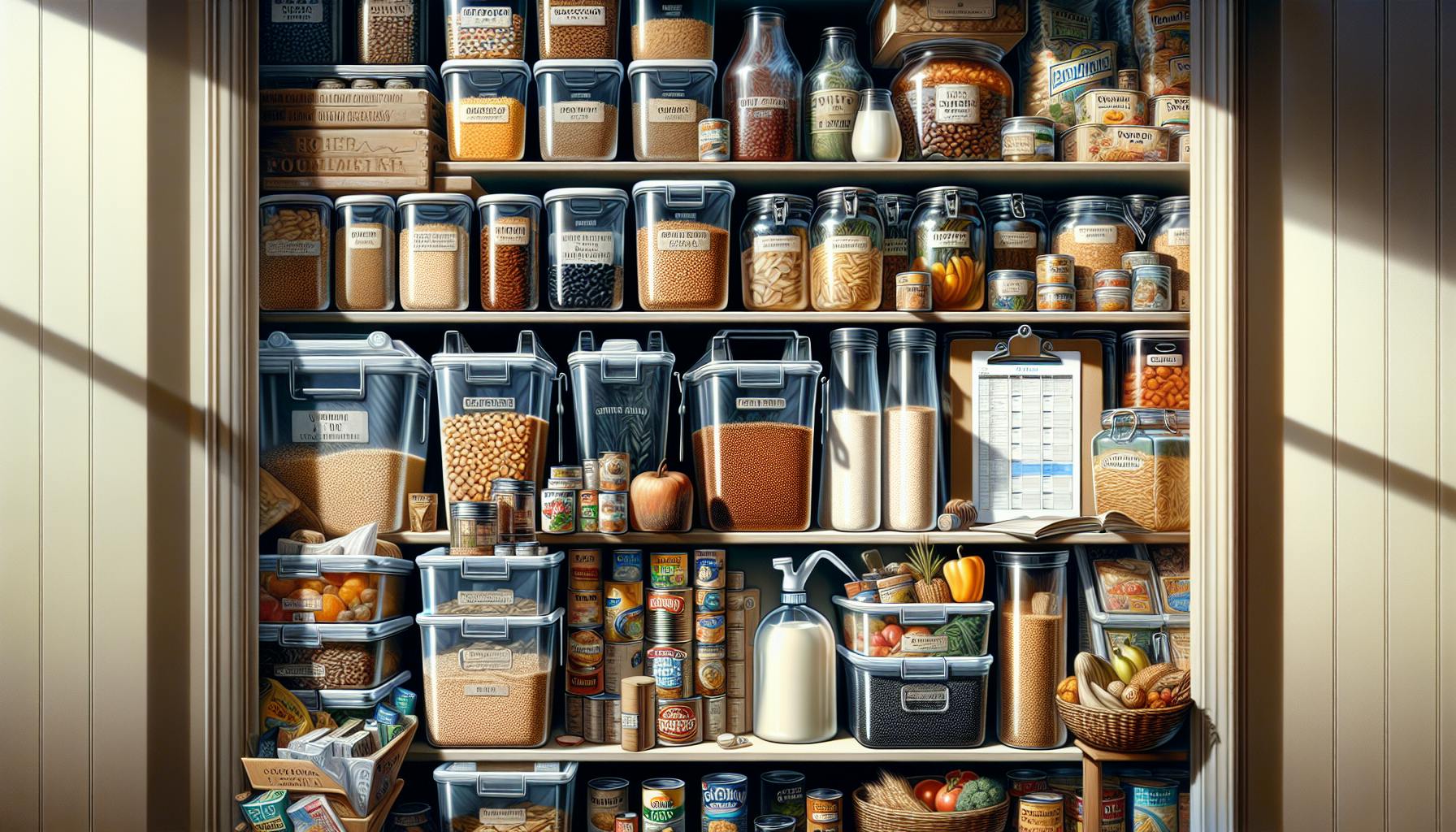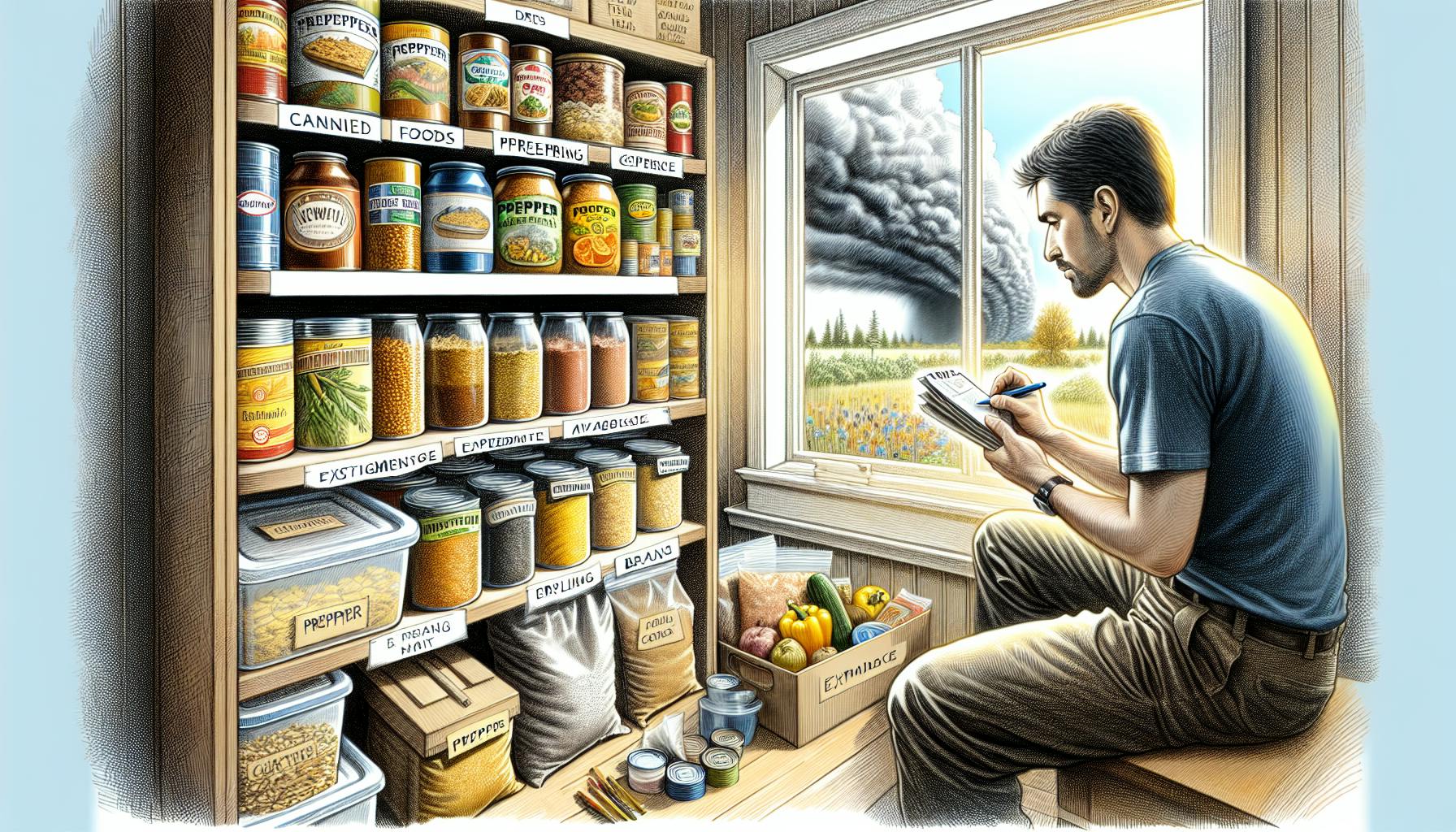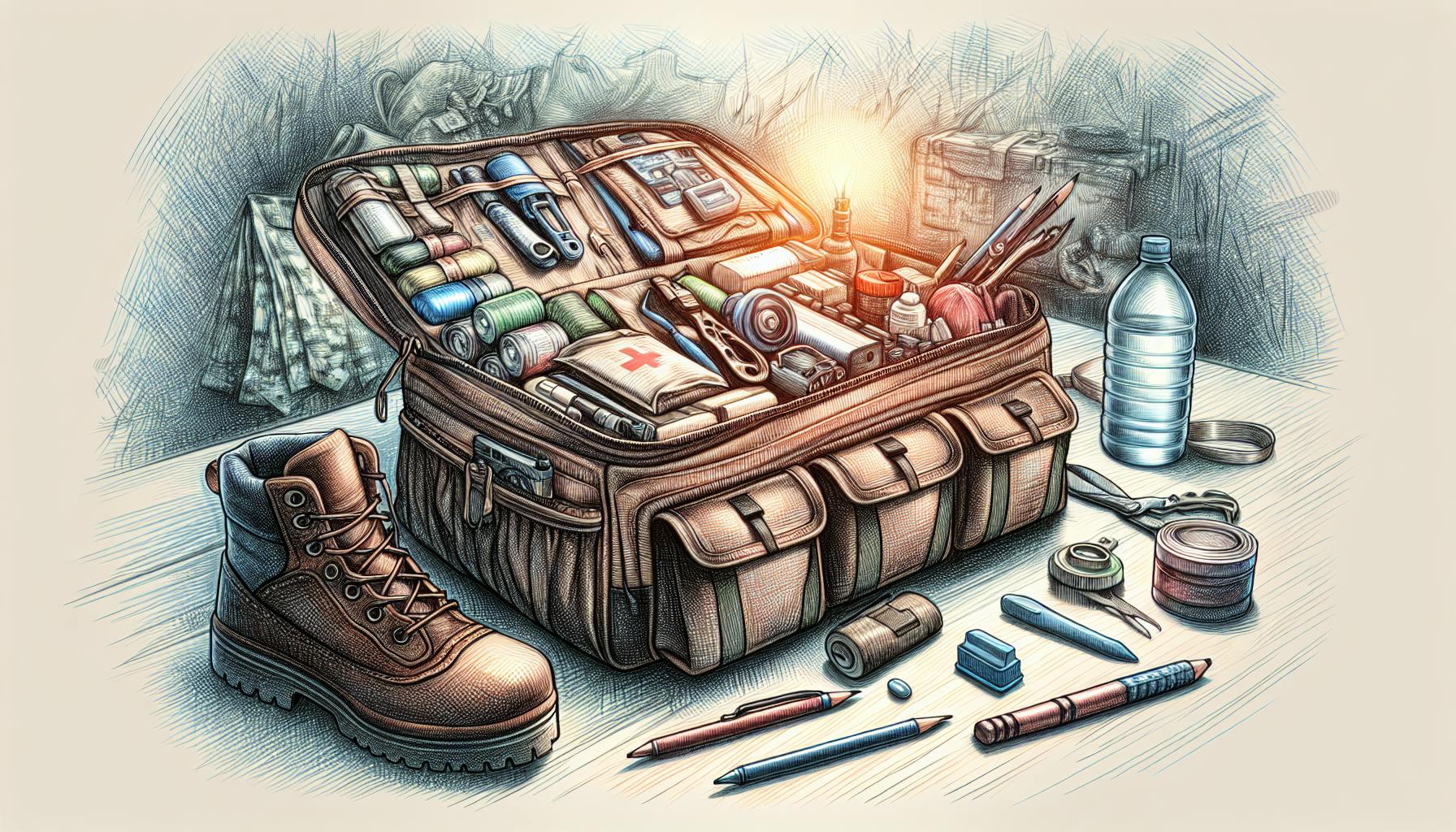Why Water Security is Critical in Emergency Scenarios
Access to clean, potable water is one of the most vital resources when SHTF events occur. Yet most households only store a 3-day supply, if any. When infrastructure fails and utilities are cut off, this life-essential can quickly run out. Dehydration occurs when just 1% of the human body's water content is lost. Preppers recommend keeping a minimum of 1 gallon of water available per person, per day for basic survival needs. However, for adequate resilience, 2 gallons per person, per day is ideal. Having reliable access along with multiple methods in place to both locate and purify water will provide the preparation needed for even worst-case emergencies. This article will explore actionable strategies to secure adequate water when the unthinkable happens.
Top Reasons Water is Critical When SHTF
- Dehydration sets in rapidly, with life-threatening effects within days.
- Waterborne illness from untreated sources can quickly incapacitate or kill.
- Most households have little to no stored water reserves.
- Municipal water relies on vulnerable infrastructure easily disrupted.
- Water access affects sanitation, hygiene, food preparation and more.
- Clean water provides resilience until utilities are restored.
Having backup sources, gathering methods, and purification plans in place before disaster strikes is one of the wisest SHTF preparations.
Stock Up on Backup Water Sources
- Store commercially bottled water in preparation - 1+ gallon per person daily. Smart Water or Essentia are recommended brands.
- Fill bathtubs, sinks, buckets, and containers with tap water before service is lost. Use food-grade plastic bins with lids.
- Invest in water storage barrels, tanks, and containers for long-term reserves. Reliance Rhino-Packs are a great option.
- Obtain water purification tools like Sawyer Mini or Lifestraw filters, Aquatabs tablets, and Polar Pure treatment.
- Map locations of streams, rivers, lakes and other outdoor water sources nearby using topographic maps.
Locating Water Outdoors In Both Rural and Urban Areas
Identifying alternative water sources before SHTF allows you to create a plan to access them if needed. Consider the following guidance:
- Follow game trails to find natural springs, watering holes and sources.
- Search valleys, watersheds and low points on topo maps for seasonal runoff.
- Inspect bases of cliffs and rock outcroppings for secreted seeps and drips.
- Dig near moist soil and lush vegetation to reach shallow wells and aquifers.
- In urban areas, check hot water tanks, trapped pools, and fire suppression systems.
- Set up tarps, sheeting, and barrels to collect rain runoff from rooftops and other impermeable surfaces.
Gathering Water From Natural Sources
When infrastructure fails, nature provides alternative ways to collect water:
- Use plastic sheeting, tarps, and barrels to gather rainwater, directing flow into containers.
- Fill buckets, bottles, and tanks from flowing creeks, streams and rivers. Check flow first.
- Create a transpiration bag using vegetation to condense and collect atmospheric moisture.
- Build a simple solar still from a hole in the ground lined with plastic to collect evaporated water.
- Dig into dry streambeds around the lowest point to find pools just below the surface.
- Set out mesh mosquito netting or cloth to collect morning dew for small amounts of water.
Methods For Purifying Questionable Water Sources
Only drink from clear natural sources when absolutely necessary. To use questionable water, treatment is vital:
- Boiling water rapidly for 1+ minute vigorously kills bacteria, viruses, and parasites.
- Water purification tablets containing iodine, chlorine dioxide, or chlorine sterilize microbes and pathogens. Follow instructions.
- Portable filtration units like the Sawyer Squeeze remove viruses, bacteria, and protozoan cysts down to 0.1 microns.
- In an emergency, add 8 drops of plain bleach per gallon and let sit 30+ minutes before drinking.
- Try a SODIS clear plastic water bottle in full sunlight for 6+ hours to kill viruses and bacteria.
Avoid drinking untreated water from unknown sources whenever possible to prevent debilitating waterborne diseases. Proper purification methods are critical.
Storing Purified Water Properly
Take steps to ensure stored water stays safe and potable:
- Use opaque BPA-free plastic jerry cans or food-grade buckets with gasket seals and rotate stock every 6-12 months. Add 8 drops of bleach per gallon before sealing for long term storage.
- Store containers in a cool, dark place to prevent plastic leaching and algal growth.
- Label jugs and buckets with purification and storage dates for proper rotation. Mark permanent tanks with dates to track maintenance.
- Plan for short-term needs with cases of bottled water while also maintaining large reserves in barrels and tanks. A diversified approach prevents dependence on any single source.
Key Water Security Strategies When SHTF
Access to water along with contingency gathering and purification plans provide critical resilience when infrastructure and utilities fail. Having reliable alternatives already in place avoids desperate last-minute scrambling. The time to implement these vital shtf water tips is well before an emergency arises.
Top 5 Recommended Backup Water Sources
- Commercially bottled water - 1+ gallon per person per day.
- Filled sinks, tubs, and food-grade containers - have spares ready.
- Water barrels and storage tanks - invest in now for reserves.
- Identified locations of outdoor sources like streams, lakes, etc.
- Rainwater gathering tools - sheeting, buckets, barrels, etc.
Top 5 Water Purification Tips
- Portable water filters like the Sawyer Mini remove pathogens.
- Boiling water rapidly for 1+ minute kills all viruses and bacteria.
- Water purification tablets - easy and effective.
- Clear PET plastic bottles work for SODIS solar purification.
- Plain bleach in an emergency - 8 drops per gallon.
Final Thoughts on Water Security
In any disaster scenario, few things are as critical as ensuring access to enough water to maintain health and resilience. Yet most households remain woefully underprepared with less than 3 days of supplies, if any. By taking action before SHTF to have backup sources, gathering methods, and purification plans in place, you can provide for your needs even when infrastructure fails. For an excellent portable water filtration system and other essential gear, check out WeLovePrepping.com. Stock up today on the water security items you need to keep your family prepared, healthy, and hydrated through whatever comes your way. Thanks for reading these shtf tips for securing water sources!


